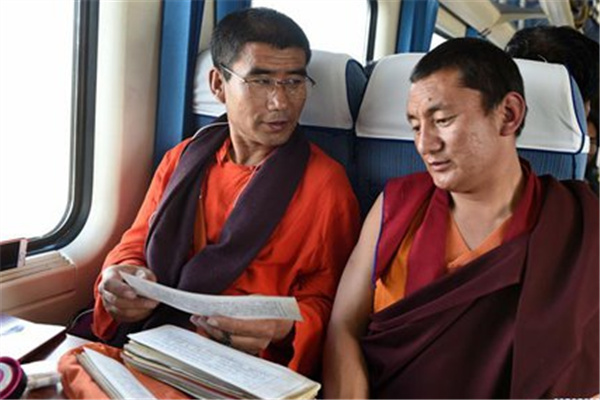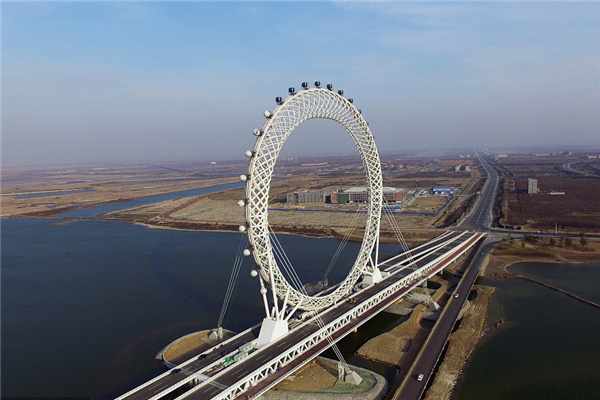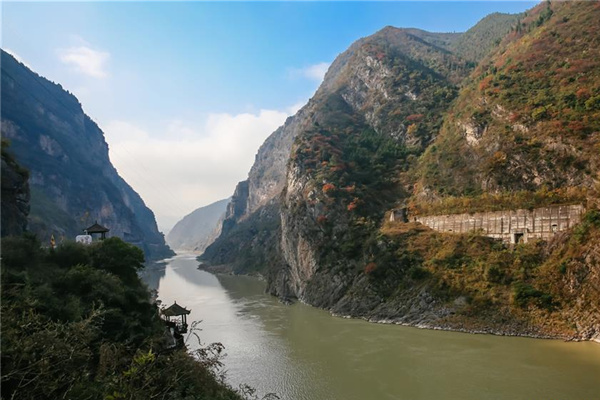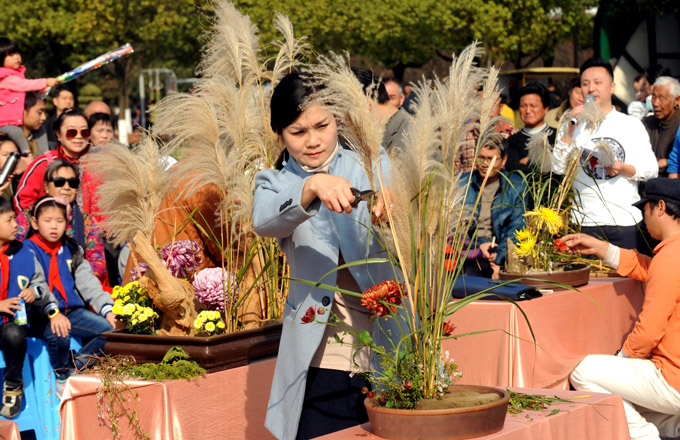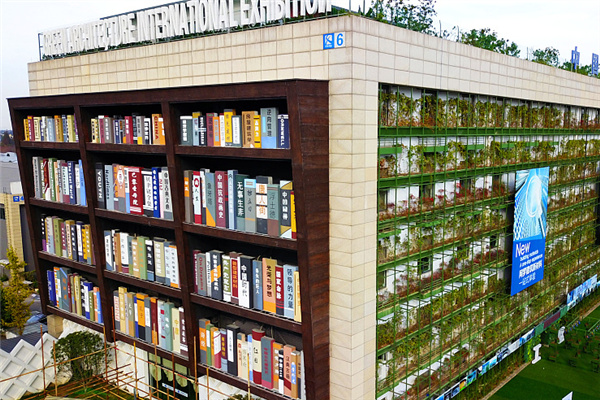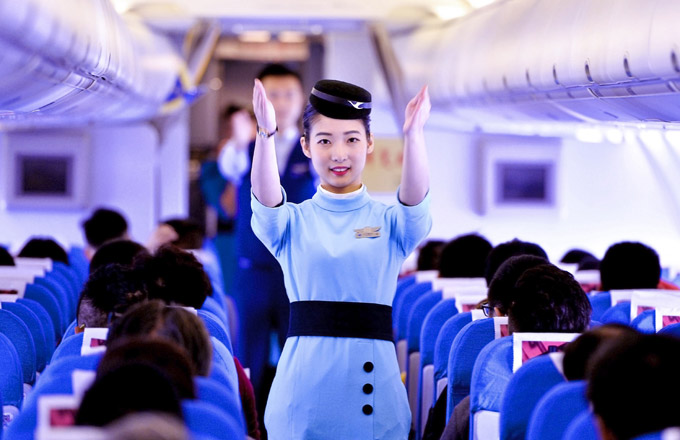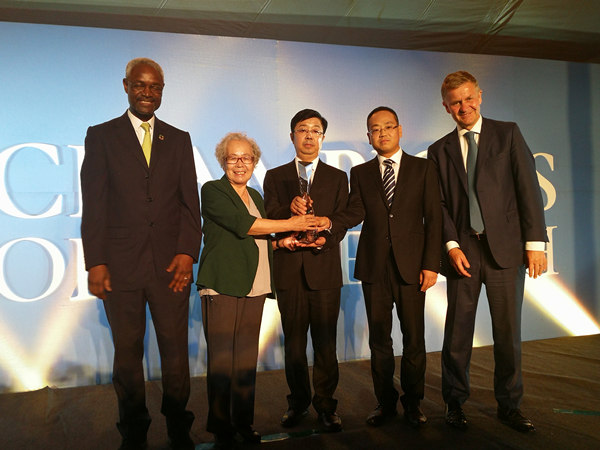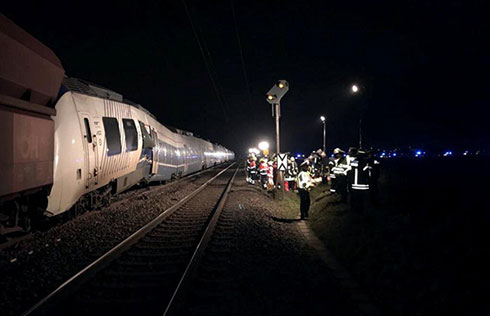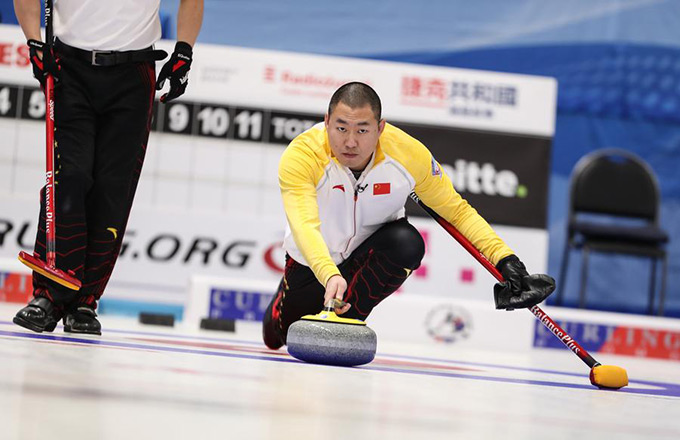

Takaaki Tanaka's first visit to China is just a distant memory at best.
At the time, in 1990, the then corporate personnel manager of Toshiba traveled to Dalian as an advance man to establish a manufacturing base in the coastal city in northwestern China.
What all he can recall is a cluster of old streets, buildings, and bicycles as well as people strolling on the streets.
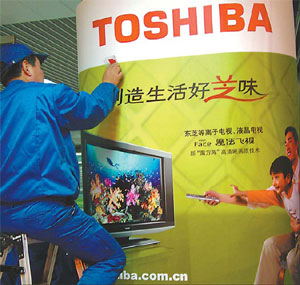
That is because he was immersing himself in Toshiba's strategic plans, both globally and in China.
"In 1990s we started regarding China as our major manufacturing hub to cut our costs at home in order to improve global competitiveness," says Tanaka, who is now the chairman and president of the Japanese behemoth's China operations.
And Toshiba was lured by Dalian's geographic locale: it's the nearest Chinese city to Japan. Toshiba located the manufacturing facility in Dalian's Economic and Technological Development Zone, which boosted the firm's competitiveness with its preferential economic policies, including tax breaks.
Since then the facility has been churning out motors, radio tubes, television sets and medical equipments to supply Toshiba's sprawling operations across the world.
That was boon for Toshiba and China. The country was eager to attract foreign investment to boost its economy by establishing economic special zones and economic and technological development zones.
In fact, Dalian Economic and Technological Development Zone, which started construction in 1984, was the first of its kind in the country. The surging foreign investment, especially by Japanese companies such as Toshiba, has built the zone from a fishing village into a cluster of modern high buildings, and significantly transformed the skylines of Dalian and helped build it into one of the most dynamic cities in the country; a city which Tanaka now can hardly recognize compared to 18 years ago.
During 1995 and 1998 Tanaka oversaw Toshiba's Asian operations and witnessed another major shift in Toshiba's China strategy.
In 1995, Toshiba (China) Co Ltd was officially established, which shored up the Japanese company's management strength in China and facilitated the decision-making process. And its manufacturing facilities in China also started supplying the Chinese markets.
"China has grown into a major economic powerhouse in the world. We now are regarding China as a huge market, (not merely a manufacturing floor)," says Tanaka.
Underlining the dramatic change is the number of Toshiba's subsidiaries and joint ventures in the country that have grown into 69 from two in 1991 when Tanaka paid his second visit. And it has invested more than 8 billion yuan and employed more than 25,000 people in China. Sales, including exports, hit 66.4 billion yuan in 2006.
Toshiba is putting China at the forefront on its overseas expansion plans. Underscoring that, Tanaka was assigned to lead the China operations in 2007 after serving as the head of the Overseas Business Promotion Division of Toshiba for two years.
Power play
Toshiba is putting a big bet on Tanaka, hoping his rich overseas experience can continue to boost its China sales. Overseas markets, with the US and China being the top two, now account for about half of Toshiba's total sales.
Tanaka has mapped out an ambitious plan. He hopes China can overtake Japan as the largest country market for Toshiba within ten years, fueled by China's strong purchasing power.
The firm is now on the track to achieve the goal. Its sales in China have been growing fast and in 2007, they exceeded 80 billion yuan, beating a target of 79 billion set in 2006.
Tanaka says a major driver could be the sales of Toshiba's so-called "social infrastructure systems", mostly comprised of power generation, transmission and distribution, industrial and environmental systems.
Currently sales of social infrastructure systems contribute 20 percent of Toshiba's total revenues in China, with digital products including home appliances at 30 percent. The remaining 50 percent is from semiconductor-related sales.
"We are aiming to more than double sales of social infrastructure systems by 2010 from 2006," Tanaka says.
That ambitious goal is based on China's increasing awareness of environmental protection and energy conservation, he explains.
In 2007, about 33 percent of Toshiba's worldwide sales were from "green" products. Toshiba predicts that they will be increased to 60 percent by 2010 and 80 percent by 2012. "Demand for energy-saving and environmentally friendly products is surging both in Western countries and China. And we are ready to capitalize on the boom with our expertise," Tanaka says, adding he is excited by China's growing interest in nuclear power as an energy option.
China is now hoping the nuclear power could account for 5 percent of its power generation by 2020, which means it plans to build more than 30 new nuclear power plants in the coming years - up from 11 now. And by 2050 the percentage could reach 50 percent in a bid to cut the proportion of water and coal-fired power plants.
In February 2006, Toshiba acquired Westinghouse Electric for $5.4 billion, a move widely seen as part of its effort to tap into China's nuclear power boom, which could result in spending $50 billion before 2020. Before that, the Japanese company's expertise was in boiling-water reactors, which have been largely limited to the Japanese market.
Westinghouse holds orders to provide equipment to four nuclear power plants in Shandong and Zheijiang provinces, which bodes well for Toshiba. Toshiba has been a leading player in power transmission and distribution and the acquisition of Westinghouse could broaden its portfolio, which is improving the Japanese firm's overall competitiveness in China.
Despite the optimism, Toshiba is still facing a formidable challenge in cracking China's consumer electronics market, where it has been losing its luster.
In fact, Chinese have known the Toshiba brand since 1972, before the reform and opening-up policies of 1978 opened the floodgates to foreign brands.
After 1972 when China and Japan normalized their diplomatic ties, Toshiba started technology transfers and exports of medical equipment, broadcasting equipment and power equipment to the country. And in 1980s it already grew into a household name with healthy sales of home appliances.
But since late 1990s, it has been losing the battlefield to hard-charging local manufacturers, which have been aggressive in pricing, as well as South Korean companies, which have been quick to cater to local tastes in product designs.
Tanaka is now trying to revamp the Toshiba brand to boost sales. Last year Toshiba signed up Chinese diving queen Guo Jingjing as an image ambassador to promote its consumer brand. That's a first for the Japanese company, although it's already an old trick by Chinese and South Korean firms.
Also the firm has launched 40 exhibition halls in major cities to promote its consumer products, which Tanaka says has started paying off.
However, the president acknowledges digital products, including home appliances, might contribute a smaller percentage to Toshiba's total sales in China given the price wars dogging the industry.
That could reinforce the growing importance of social infrastructure systems, which promise much higher margins.
(China Daily 04/28/2008 page6)

